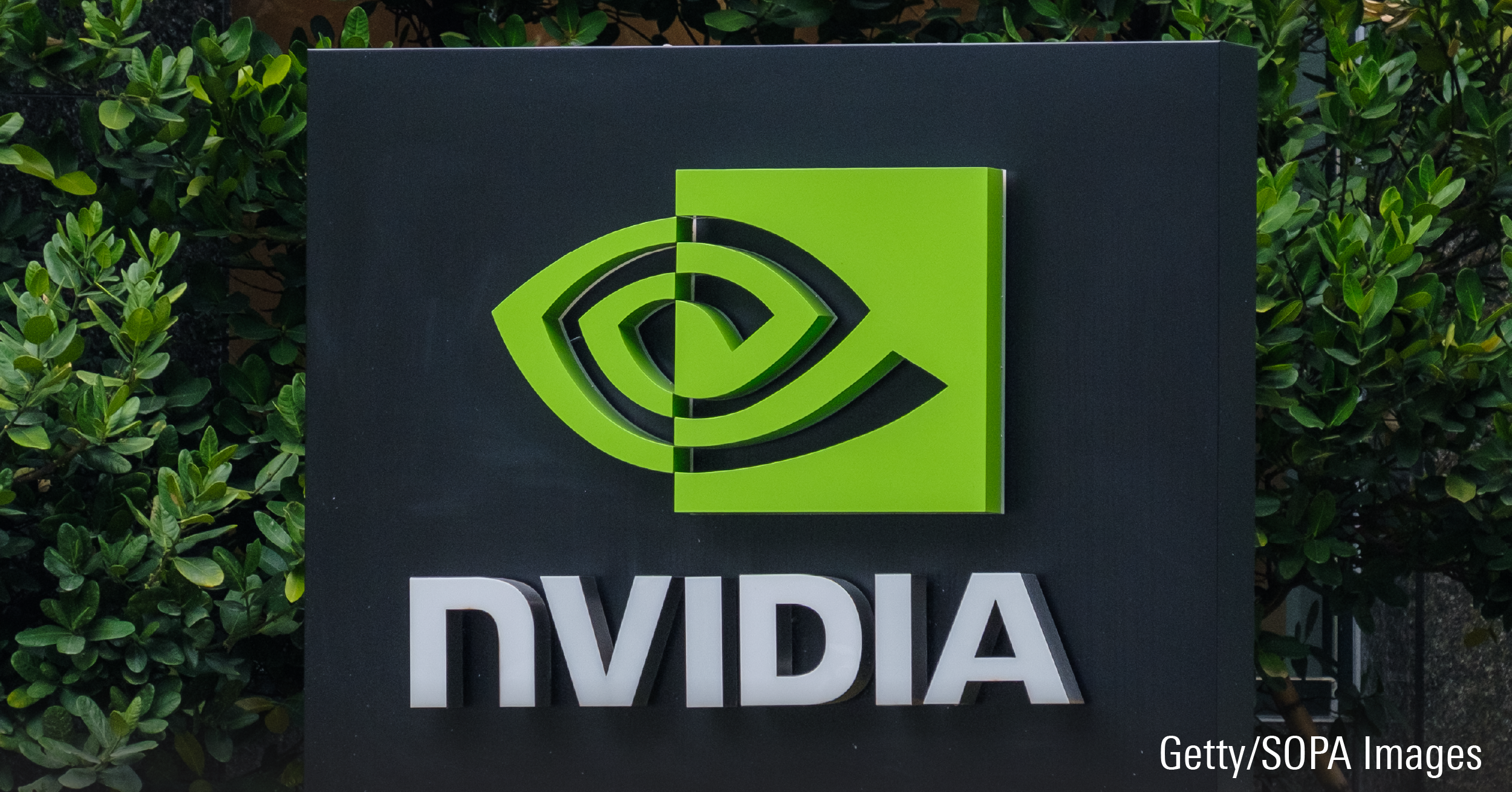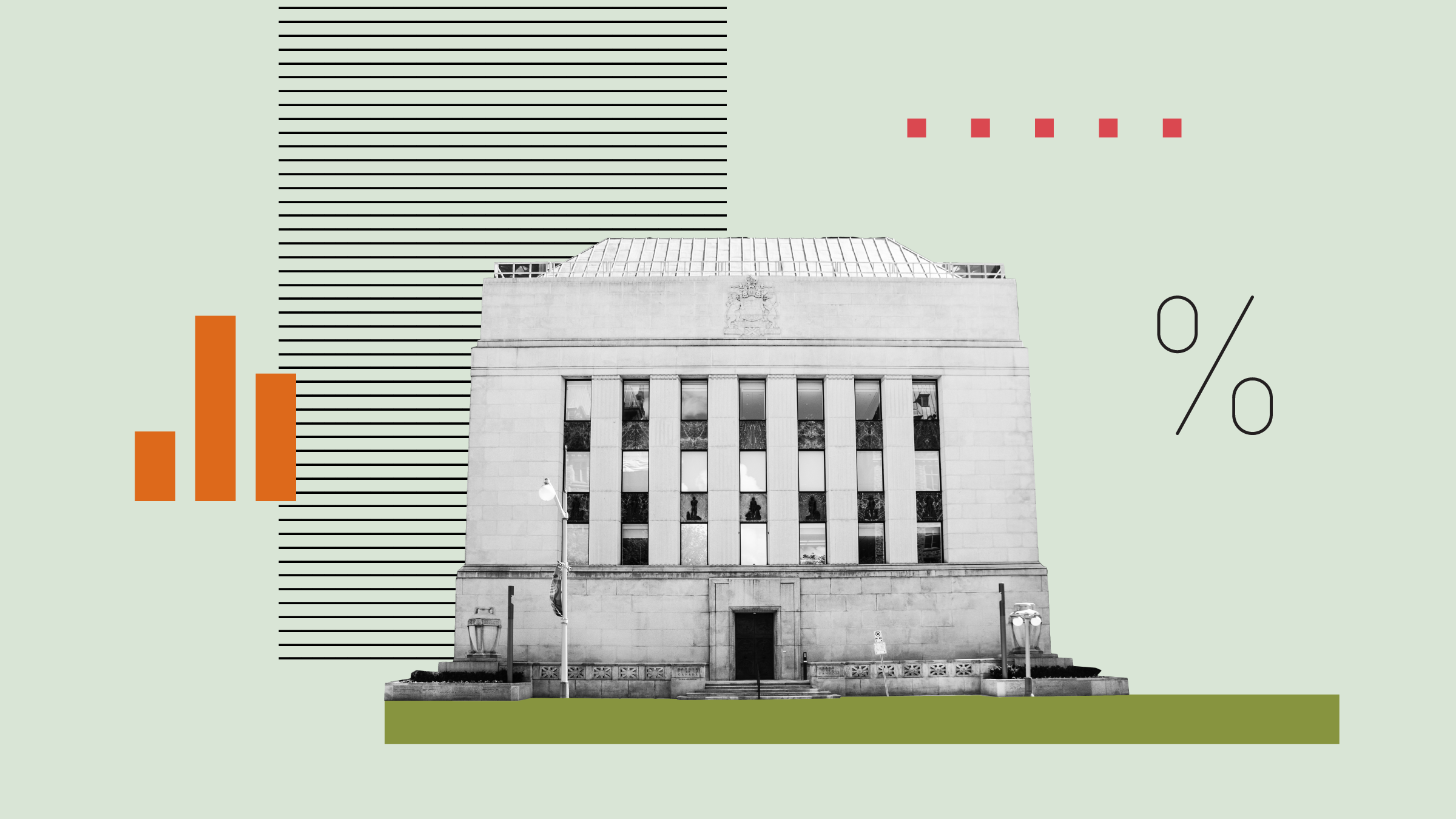For good reason, the major Canadian banks are generally regarded as blue-chip stocks with records of generating consistent dividend growth. For income-oriented investors who want diversified exposure to these stocks, the $1.7-billion BMO Covered Call Canadian Banks (ZWB) offers an even more conservative and higher-yielding strategy.
The ETF accomplishes this by writing covered-call options on 50% of its portfolio holdings, which consist of six equally weighted Canadian banks, held either directly or through a position in BMO Equal Weight Banks Index (ZEB).
Covered calls are transactions in which the seller of call options owns the corresponding amount of underlying securities, such as shares. Selling (also known as writing) a call option generates income in the form of the premium paid by the buyer of the call option.
Chris Heakes, vice-president and portfolio manager at Toronto-based BMO Asset Management Inc., says the end result for ZWB is that the covered calls produce a tax-efficient distribution stream that is about 3% over and above the banks' dividends, for a total of about 5% to 6%, after fees.
"When we sell calls they are typically treated as capital gains," says Heakes. "In our strategy, we seek to add on average 3% to 4% in additional income, depending on the market environment."
Heakes acknowledges that there are risk-return trade-offs. "You can increase the yield, but on the other side, you can give up some upside return," he says. "It all depends on how you implement the strategy. Generally speaking, we use covered calls to increase the yield, and slightly lower the volatility profile of the underlying stocks."
According to Heakes, the BMO covered-call strategy will generate additional yield, regardless of the market environment. "If the equities go sideways, we keep that 3-4%, so it acts as a buffer to the downside. In a slightly rising market, which is not going up too fast, we have the potential to add to returns with that 3-4% premium."
By writing covered calls on only half the portfolio, Heakes and his colleagues strike a balance between generating additional distributions and retaining some of the capital-appreciation potential. "We cover only 50% of the portfolio and benefit when the market rallies," says Heakes. "And it has done so since we started these ETFs. This way, the other half of the portfolio fully participates in the upside."
This mix of covered calls, out-of-the-money options and equity holdings is the way to be prudent, says Heakes. "This is our way to manage the opportunity cost of the strategy, and not be too greedy for yield."
The underlying risk is the strength or weakness of bank stocks. "If they are going up, you will tend to do well," says Heakes. "But in a covered-call strategy, they may not do as well as if you didn't write covered calls. And if the equities are falling, your covered-call strategy will likely go down, too, but not to the same extent."
As for the underlying stocks, the major Canadian banks "continue to be very well capitalized and prudently managed as well. And they are as diversified as they have ever been," says Heakes. "For income investors, they have always been a great source of dividend yields. The consistency of the dividend increases has been something that is very reliable."
Dividend growth for Canadian banking's six largest institutions has varied at around high single-digit increases the past two decades, says Heakes. "Typically, banks have been raising their dividends every other quarter."
Launched in 2011, ZWB has returned an annualized 11% for the five years ended March 14. On a 12-month basis, it returned 6.3%. The ETF has a management-expense ratio (MER) of 0.72%.
The same strategy is also available through a mutual fund, which BMO introduced in April 2016. The $242.3-million BMO Covered Call Canadian Banks ETF Fund holds units of ZWB as its sole holding and is available in F-series, which carries the same MER as ZWB and is available through fee-based advisors, and A-series which has a 1.67% MER and is sold via commissioned advisors.
In contrast, ZEB -- also an equal-weight bank-stock portfolio but with no covered-call writing -- outperformed ZWB by returning an annualized 13.2% over the last five years. ZEB, says Heakes, is aimed at investors who are seeking total returns and don't need a regular income stream. "ZWB is slightly more conservative and aimed at income-oriented investors," says Heakes, adding that the covered-call version captures about 80% to 85% of the plain-vanilla ZEB's returns.















